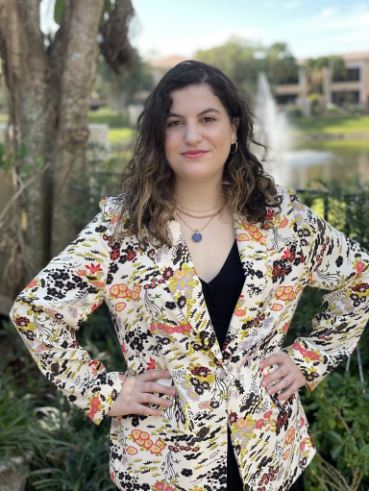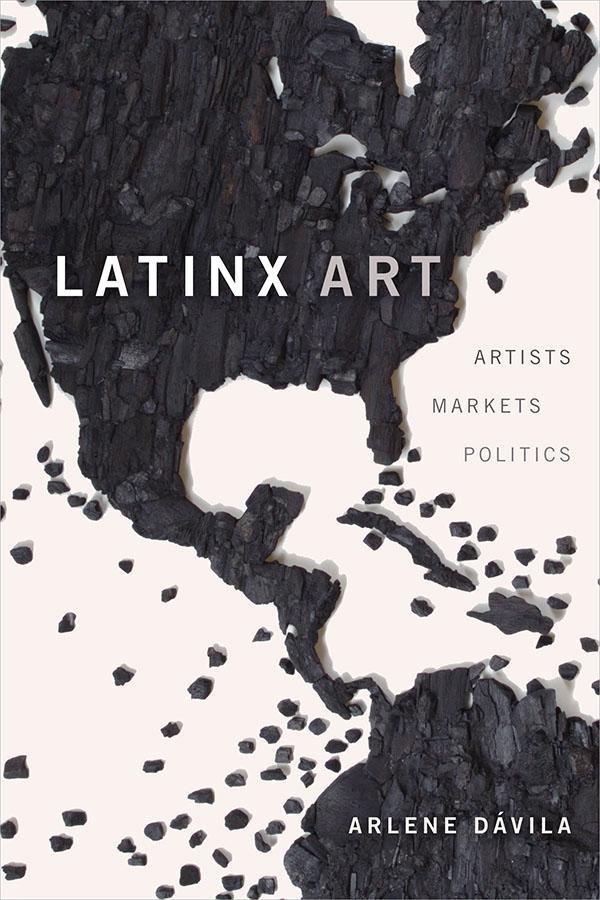Meet our 2020-21 Sherman Fairchild Fellows. As part of our institutional values and commitment to diversity, equity, accessibility, and inclusion, the Sherman Fairchild Fellowship is a comprehensive, yearlong paid program that includes hands-on experience, mentoring, and professional development.
Why are you interested in working at a museum?
My interest in museums and art history began early. I loved visiting museums as a child and my interest has only grown stronger through my studies. I began studying art history in high school, continued during my undergraduate years, and am currently in my first year of graduate studies. My goal is to complete a PhD. I hope to pass on my love and passion for art and art history to as many museum visitors as possible through the telling of inclusive and interesting stories.

Ariana Kaye
What brought you to The Phillips Collection?
I visited the museum in the summer of 2019 and fell in love with it. I looked for ways to be involved with the museum knowing I would be studying for my master’s degree in art history in Washington, DC, at George Washington University.
Please tell us about your work at the Phillips over the fall, and the projects that you will be working on during your fellowship. What do you hope to accomplish during your fellowship?
Over the fall, I have devoted much of my time to researching strategies in which the collection could be reinterpreted. I looked closely at works that will be featured in the centennial exhibition and tried to think of stories around them that have not been previously told. I also have been working on writing content about some of the works in the collection that caught my eye and framing them within the broader collection. I also helped with refreshing the educational materials that the Phillips has and making them more accessible to teachers on the museum’s new website.
For my big fellowship project, I will be working on a visitor engagement area for the centennial exhibition allowing visitors to respond to the exhibition in meaningful ways. By the end of my fellowship, I hope to continue to think of ways to incorporate public input into exhibitions, write more interesting stories about works in the collection, and learn more from my superiors and peers who work at the museum.
What is your favorite painting/artist here?
While I have not been able to see these works in person yet, some of the works that I have become *digitally* invested in are John Edmonds’s Hood 2, Willem de Kooning’s Asheville, Ricky Maynard’s Gladys Wik Elder, Aimé Mpane’s Mapasa and Elizabeth Murray’s The Sun and The Moon.
If you were to describe the Phillips in one word, what would that word be?
Collaborative! All fellows are invited to share our thoughts and ideas with all staff members. Members of the public also collaborate with the museum, as they are invited to share their experiences with The Phillips through different projects such as 100 stories for 100 years and the Community in Focus photo project.
What is a fun fact about you?
I have been pescatarian since birth!


